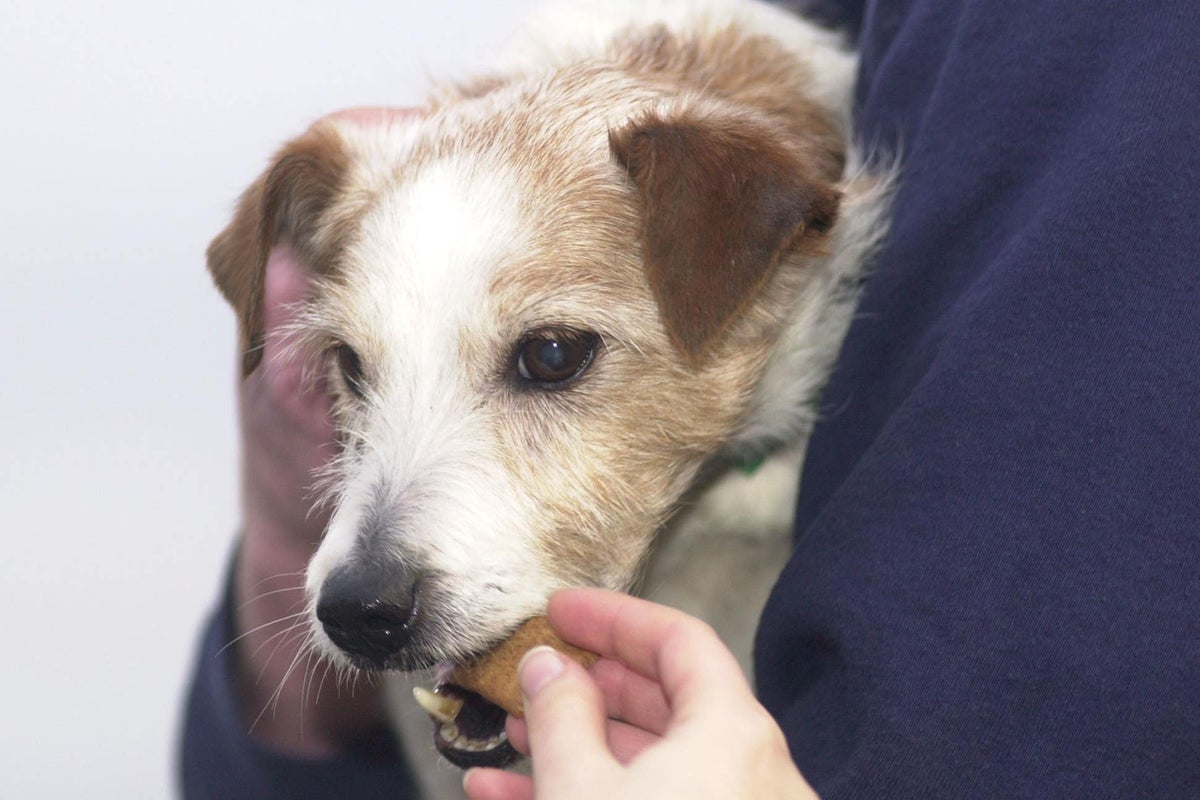
Toddlers are more likely to help a dog reach a treat than a toy, especially if it has shown interest in the nibble.
The findings come as a part of a study that looked at whether youngsters were likely to impulsively help a pet.
Researchers found that a group of children aged two to three were twice as likely to help a dog reach a treat or toy when the animal showed interest than if it did not.
According to the study, the children were more likely to help the dogs get out-of-reach items if they already lived with a pet dog, the dogs were livelier and if the item was a treat rather than a toy.
In addition to informing us about childhood helping, these early child behaviours may have important evolutionary significance— Rachna Reddy, Duke University
Lead scientist Dr Rachna Reddy, a postdoctoral fellow in evolutionary anthropology at Duke University in North Carolina, said: “These findings lend support to our hypothesis that children’s early-developing proclivities for goal-reading and pro-sociality extend beyond humans to other animals.
“From several perspectives, children’s proclivities to attribute desires and goals to pet dogs during real-life, in-person interactions is unsurprising.
“However, we observed as early as two years of age, children behave in ways showing they are not only able to read the goal-directed behaviour of another animal but can and do employ that knowledge to help an animal reach its own goal.
“In addition to informing us about childhood helping, these early child behaviours may have important evolutionary significance.”
The experiments conducted with three friendly dogs – Fiona, Henry and Seymour – took place at the University of Michigan’s child laboratory between 2015 and 2020.
Scientists recruited 97 toddlers – 51 girls and 46 boys – from middle-class families in and around the city of Ann Arbor, Michigan, and surrounding towns.
Forty-four of the children had dogs at home and 53 did not.
The study found that the toddlers gave dogs out-of-reach treats and toys in 50% of events where the animals tried to get the items themselves.
However, children only offered the dogs objects they had ignored on 26% of occasions.
Researchers also found that having a dog at home, the dog being highly engaged, and the out-of-reach object being food rather than a toy also increased the likelihood of the children giving dogs objects.
The findings are published in the journal Human-Animal Interactions.







